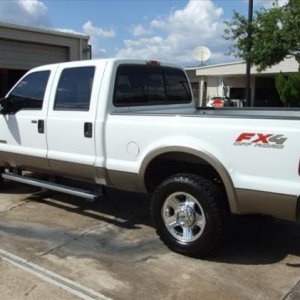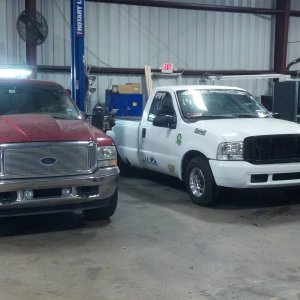The Fuelab regulator raises fuel psi 1 pound for every 1 pound of boost it sees. And lowers fuel pressure 1 pound for every 1 pound of vacuum it sees.
General Regulator Performance Notes:
The notation “PSIG” means pressure in Pounds per Square Inch (PSI) relative to the prevailing atmospheric condition or outside air. This is referred to as Gauge Pressure. The notation “PSID” means pressure in PSI relative to another pressure source or called the Differential Pressure. The intake manifold pressure, when plumbed to the regulator, changes the fuel pressure in a 1:1 ratio. When the engine idles (for example 12 Inches of Mercury or 6 PSIG of vacuum) fuel rail pressure will lower 6 PSI, when compared to the setting with the engine off. For boosted applications, including turbo or superchargers, fuel rail pressure increases at a 1:1 ratio. An engine at 10 PSIG of boost as measured in the intake manifold, will increase the fuel pressure by 10 PSIG. The actual readings of pressure in a real world application would show a lower pressure, as the engine is using fuel that would normally be returning back through the return line when the engine is off. The amount of pressure difference to expect is a function of how much flow the engine is using (reference Regulation Slope, above).
Rusty












